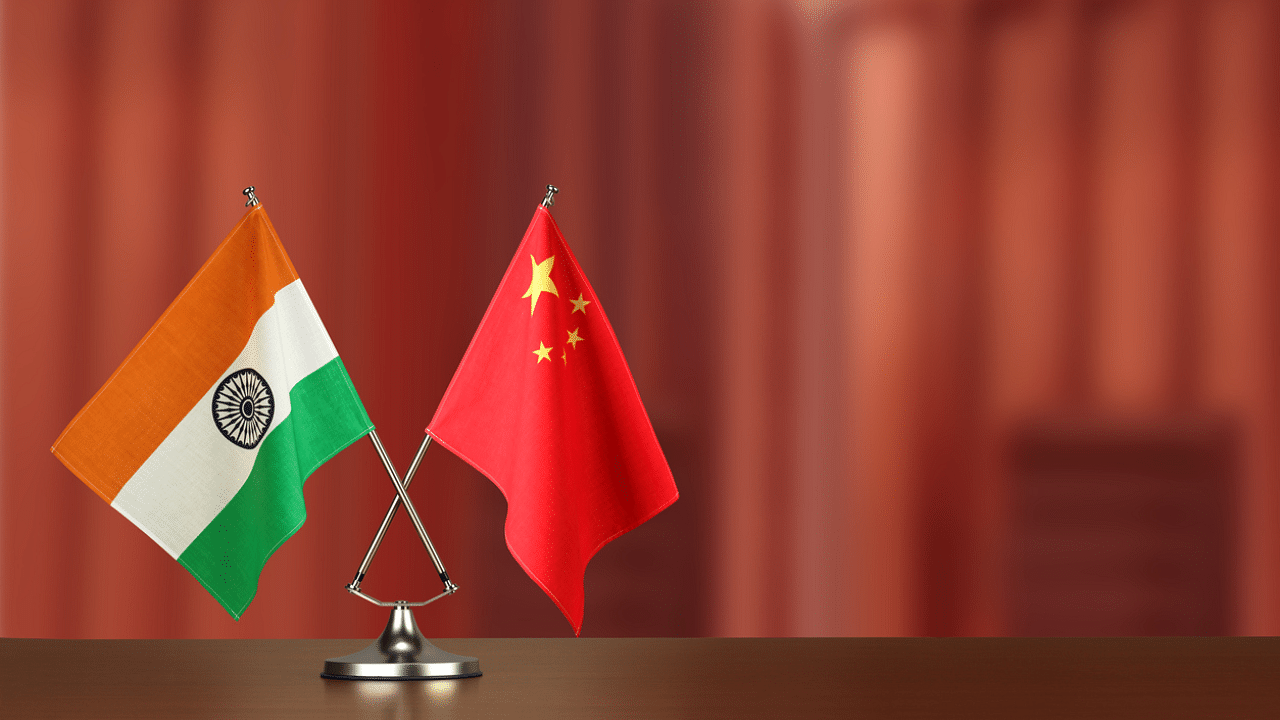
Though Beijing has just warned it against playing the “Tibet Card”, New Delhi is all set to tacitly send a message to China at the beginning of 2021 itself by allowing the Tibetan refugees in India to cast votes to elect the new political leader of the exiled community.
Seven candidates keen to take over as the next Sikyong (or President) of the Tibetan Government in Exile (TGiE) based in India concluded a hectic round of campaigning on Thursday – ahead of the polling for the primary election on Sunday. Two candidates, who will secure a maximum number of votes in the primary election, will contest the final polling on April 11 next and one of them will take over as the political leader of the exiled Tibetans for a five-year-term till 2026.
Also Read | On Tibet, India must make up its mind
Thousands of Tibetans living in exile in India, the United States, Europe, and the other countries around the world will cast votes on Sunday as well as on April 11 to participate in the elections, sending out a message of democracy to China.
The polling for the primary and the final elections to the 17th Tibetan Parliament in Exile (TPiE) will also take place simultaneously with that to elect the next Sikyong.
Both the TPiE and the TGiE are based at Dharamshala in Himachal Pradesh.
The eight-month-long military stand-off along the disputed boundary between the two nations, particularly the violent clash in Galwan Valley on June 15, took the India-China relations to a new low in 2020.
2021 too is beginning on a sour note, not only because the stand-off along the Line of Actual Control (LAC) in eastern Ladakh is still continuing, but also because New Delhi’s decision to look the other way and tacitly let the TGiE hold polling in India and abroad to elect the 17th TPiE and the new Sikyong is likely to rile China.
What has added to the significance of the polling to elect the TPiE and the Sikyong of the TGiE this year is that the democratic exercise by the exiled Tibetans recently got an endorsement from the United States.
The US Congress earlier this month passed the Tibetan Policy and Support Act of 2020, acknowledging the legitimacy of both the TPiE and the TGiE, which is formally known as the Central Tibetan Administration or the CTA. The TPSA 2020, which US President Donald Trump signed into law recently, acknowledged the CTA as the “legitimate institution reflecting the aspirations” of the Tibetan diaspora around the world and Sikyong as its President.
The Dalai Lama set up the TGiE or the CTA on April 29, 1959, just a few weeks after he arrived in India following his escape from Tibet, which had been occupied by the Chinese People’s Liberation Army in 1950-51. The CTA, which has its headquarters in Dharamshala in Himachal Pradesh, calls itself the “continuation of the government of independent Tibet”.
Beijing does not recognise the elections to the Sikyong and the TPiE and repeatedly asked India to shut it down. It has been accusing Dalai Lama as well as the TGiE or the CTA of running a secessionist campaign against China. A spokesperson of the communist country’s embassy in New Delhi on Wednesday issued a statement, advising the media in India to look at the economic and social progress of Tibet Autonomous Region objectively and to do more to help China-India bilateral relations move forward instead of advocating playing ‘Tibet Card’ to meddle in internal affairs of China and further damage the bilateral relations.
New Delhi officially never acknowledged the existence of the TGiE or the CTA. But it did tacitly encourage the Dalai Lama to lead the exiled community to embrace democracy gradually – starting with electing the Parliament-in-Exile and then moving on to directly elect the leader of the TGiE.
It was during the 2011 elections that Dalai Lama officially announced that he would be delegating his political powers to whoever would be elected democratically to the top office of the TGiE – a move, which was apparently aimed at avoiding a leadership vacuum and keeping the struggle against China’s rule in Tibet alive beyond the lifetime of the octogenarian monk.
China strongly reacted when the Trump Administration in October 2020 for the first time hosted Lobsang Sangay, the incumbent Sikyong (President) of the CTA, at the US State Department in Washington D.C. and thus made yet another subtle move to lend a degree of legitimacy to the entity based in India. Earlier, in July, the US Agency for International Development or the USAID also started directly providing funds to the CTA.
